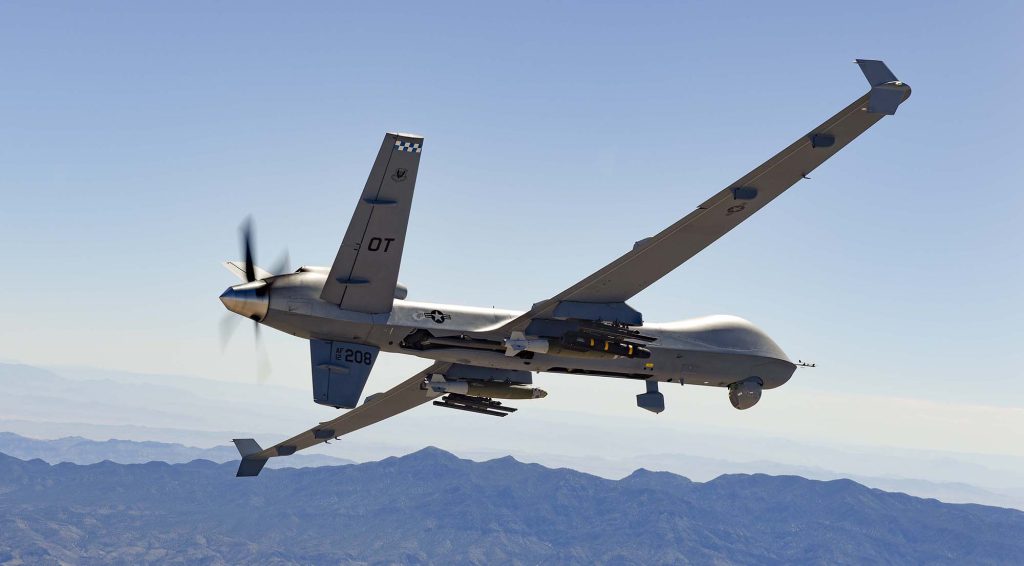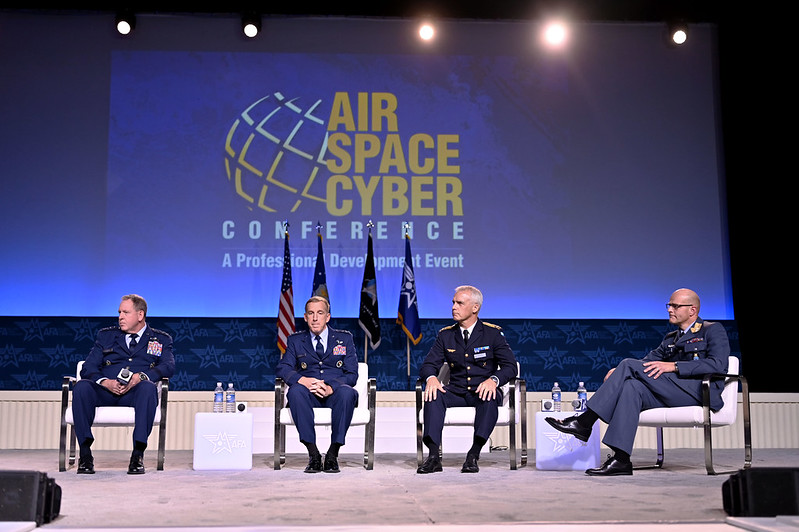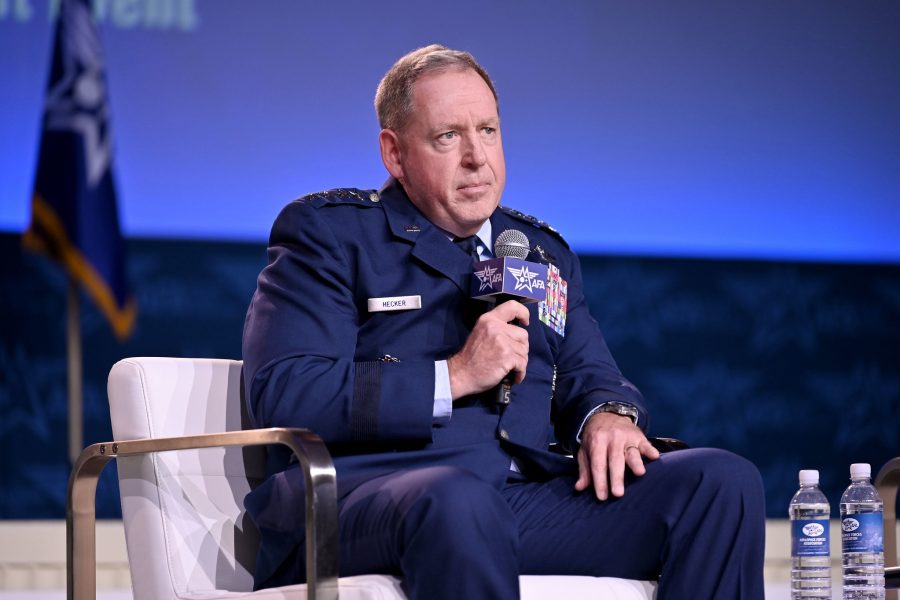USAF Experiments with Drones to Better Monitor Russia in the Arctic
“We’ve been experimenting with MQ-9s, with Global Hawks … trying to go up farther north in the Arctic Circle, which we haven’t done in the past,” Gen. James B. Hecker, commander of USAFE and NATO Allied Air Command, said at the AFA’s Air, Space & Cyber Conference.
- The MQ-9 Reaper, dubbed the “hunter-killer,” provides medium-altitude surveillance with 27-hour endurance, focusing on time-critical, high-value targets in permissive environments.
- Meanwhile, the RQ-4 Global Hawk, a high-altitude “deep look” ISR platform, complements satellites and manned aircraft, staying airborne for up to 34 hours depending on the mission payload.

- NATO also currently operates five RQ-4D Phoenix aircraft from Sigonella Naval Air Station, Italy.
Hecker also expressed interest in high-altitude balloons or experimental, solar-powered drones as a way to improve domain awareness in the Arctic, a crucial region where NATO and Russia frequently come into contact.
- He emphasized that the UAVs would need to be adapted for the Arctic’s unique conditions to maintain endurance and altitude.
While MQ-9s and RQ-4s can soar tens of thousands of feet above the ground, Hecker also said he wants to boost low-altitude surveillance and defense. In particular, he Ukraine’s cost-effective ISR system known as “Sky Fortress,” a smartphone-based network of acoustic sensors that detect drones by sound. These sensors relay data to mobile teams, enabling them to shoot down UAVs with minimal training.
“I had a demonstration done at Ramstein where they brought up these sensors, put them around the air base, and we saw that it worked,” Hecker told reporters during a roundtable at the conference.
“We did another demonstration in Romania, and several other countries came and saw that it worked. … I briefed all the NATO Air Chiefs on this and had the guys come in and brief the physicists. They’re very excited about it.
Now, we just need to have them pony up, get some money, and try to put these sensors out there.”

The urgency to enhance ISR in the Arctic is fueled by an uptick in Russian aircraft activity in the region, on top of Moscow’s increasing coordination with China. Other Arctic nations like Norway—with a large portion of its territory inside the Arctic Circle—are seeing it too.
“What we add is changing the geography in the Arctic completely,” said Maj. Gen. Jonas Wikman, Air Chief of the Swedish Air Force. “That means a huge thing that enables new plans, and achieving true deterrence in the Arctic is going to be making use of that new geography, combined with our strengths, making new plans, and exercising those plans. Because true deterrence against Russia comes from demonstrating that we are an alliance.”
With more territory comes broader surveillance, and NATO is putting information sharing at the forefront.
“A lot of countries have a lot of different capabilities… and if we share that information, that’s going to give us a lot more than we have,” said Hecker. “We’re already doing that, and we have agreements to even do it more. It’s not for any one country, there’s no way you can do it (by yourself), so we have to do it together.”




No comments:
Post a Comment